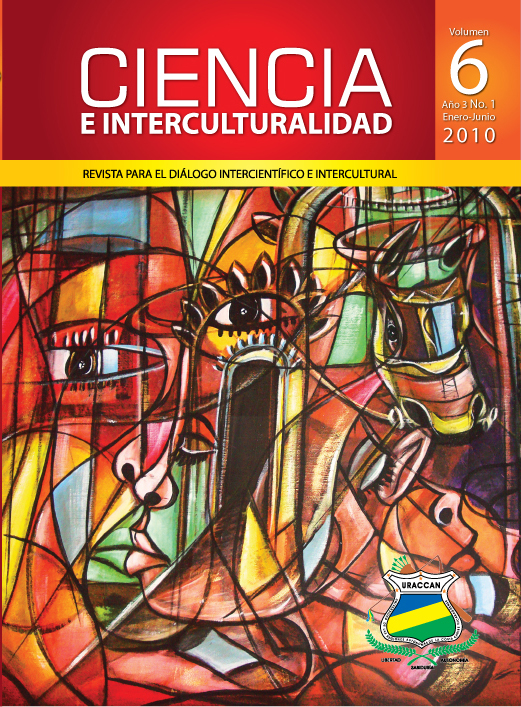Identity and linguistic displacement in Wasakin community, Rosita municipality, RAAN
Abstract
The identity and linguistic changes of the Thuahka language to Miskitu in Wasakin Community, one of the ten linguistic variants that existed before in "the big sumu family", sociolinguistic phenomenon of modernization and globalizing processes, were investigated. The town of Wasakín descends from the sumu-mayagnas, is anchored in the Rosita municipality, North Atlantic Autonomous Region, RAAN. The method of approach was the semi-structured interviews, period from 2004 to 2006. The use of a 'map of mobility', a reference instrument in the sociolinguistic research of the British Academy, was pointed out, through which the communication bridges were recorded, they are assumed in multilingual contexts. The results describe the identity and cultural changes, especially the sociolinguistic one and the attitude in Tuahka speakers, about the phenomenon of displacement of the language, and how it is perceived in relation to Wasakín's cultural identity. It is concluded that due to the diverse political-social pressures and the devaluation of the Tuahka language in front of the Miskitu and the Panamahka, as demonstrated by the Ethnolinguistic hierarchy of the Caribbean Coast, the rescue and revitalization of the Tuahka language, although it is remote, implies facing profound intercultural challenges that are posed to the Regional Autonomous Educational System (SEAR).
Downloads
El autor mantiene los derechos morales y permite la cesión gratuita, exclusiva y por plazo indefinido de sus derechos patrimoniales de autoría a la Universidad de las Regiones Autónomas de la Costa Caribe Nicaraguense (URACCAN).






